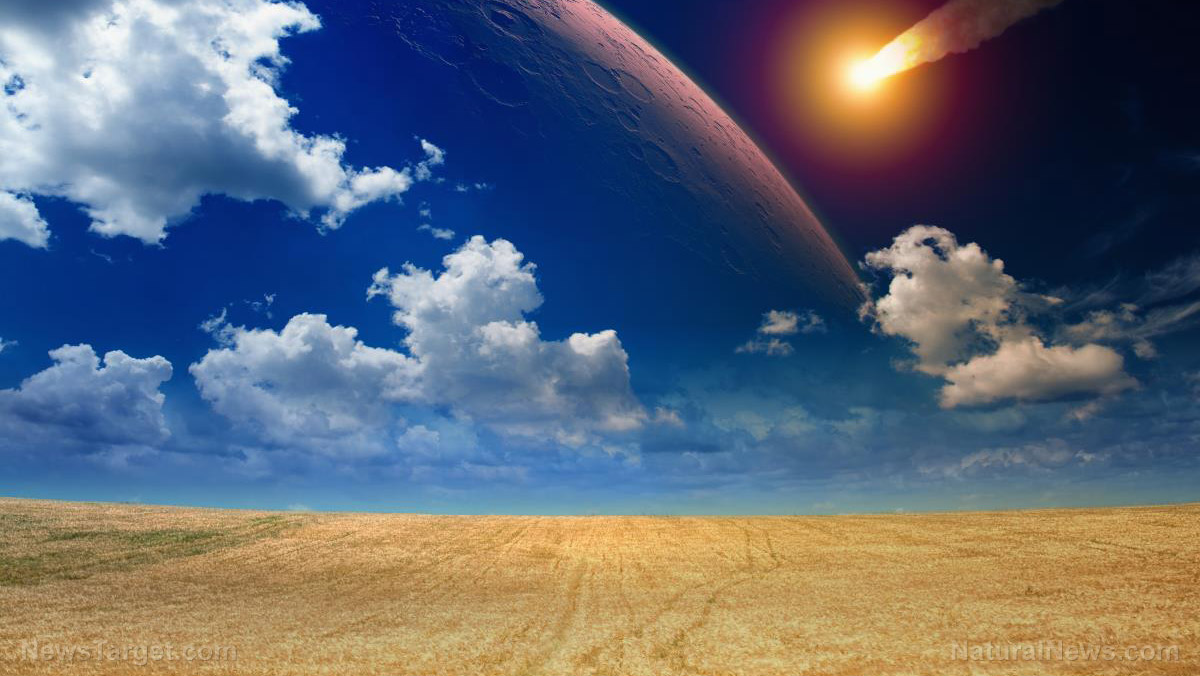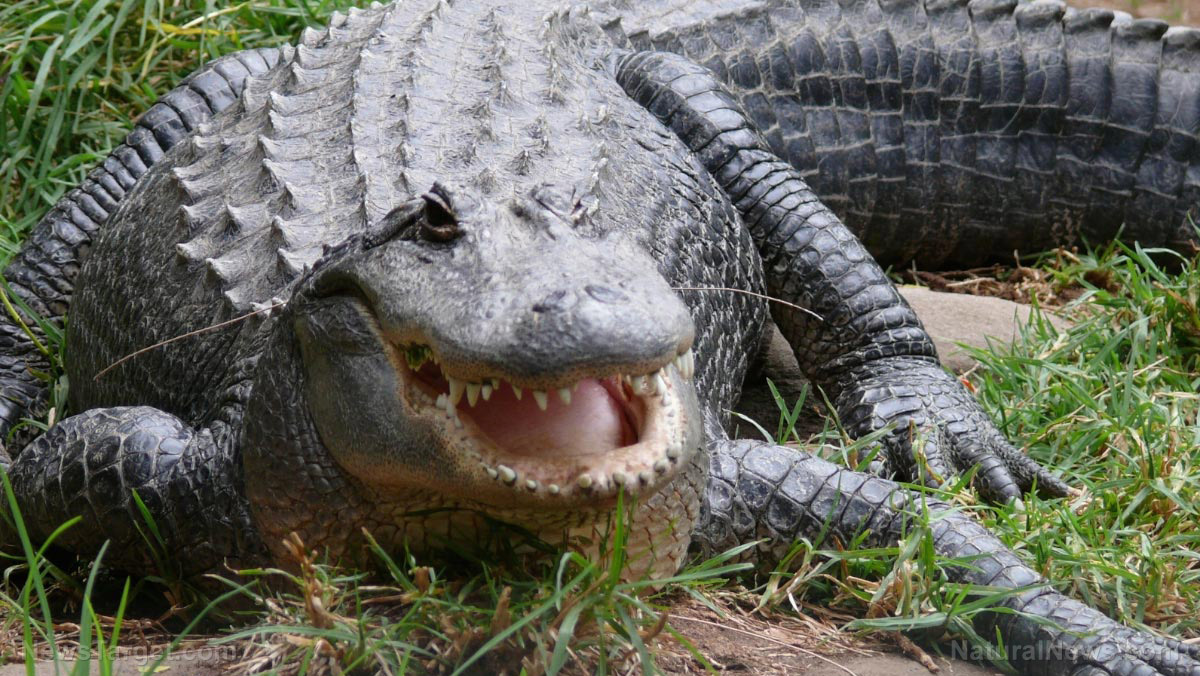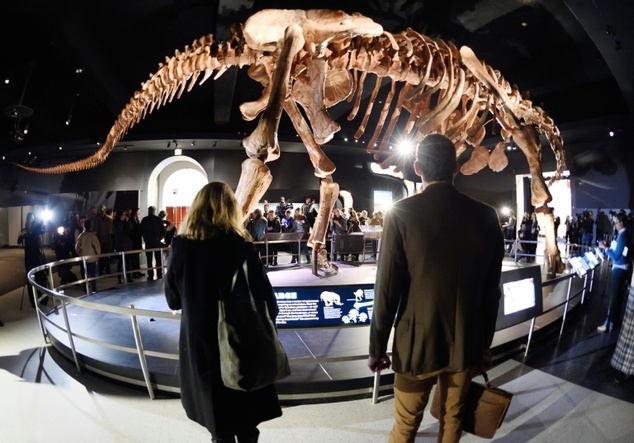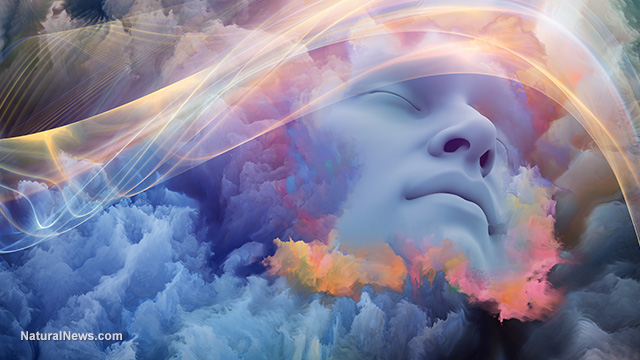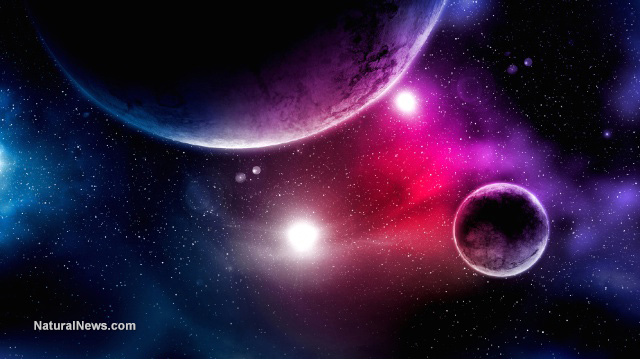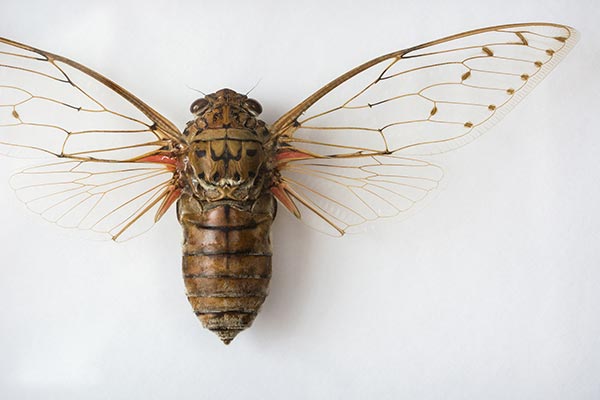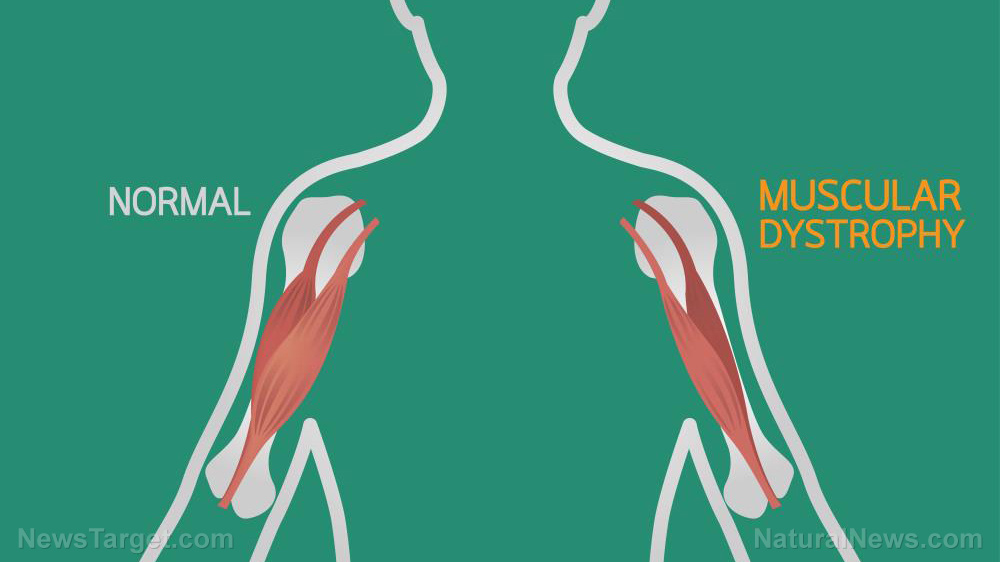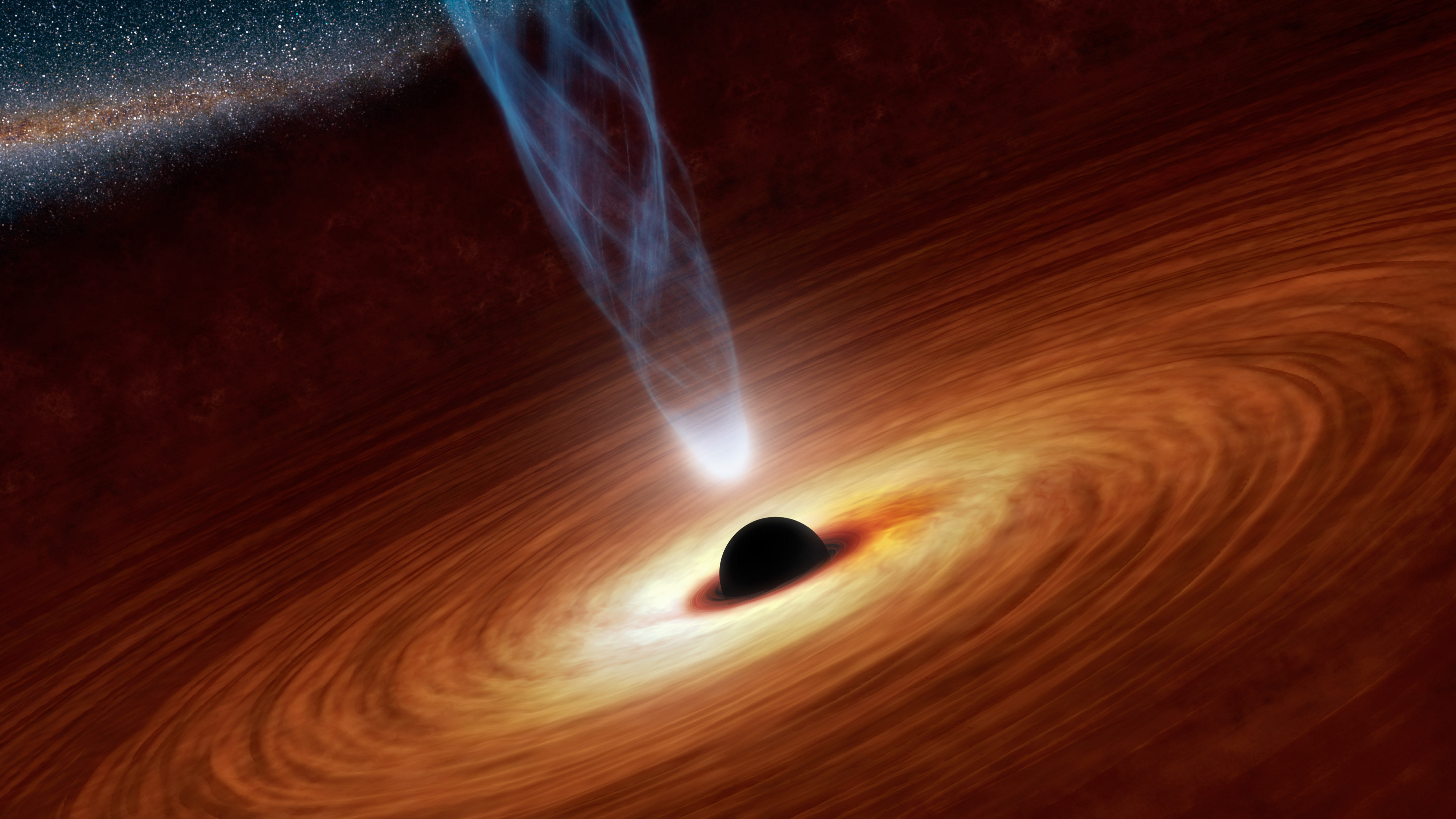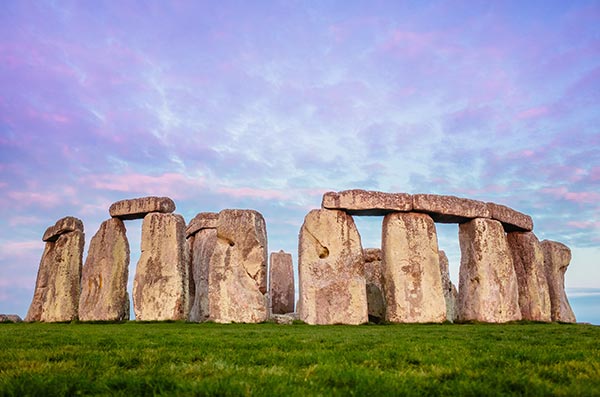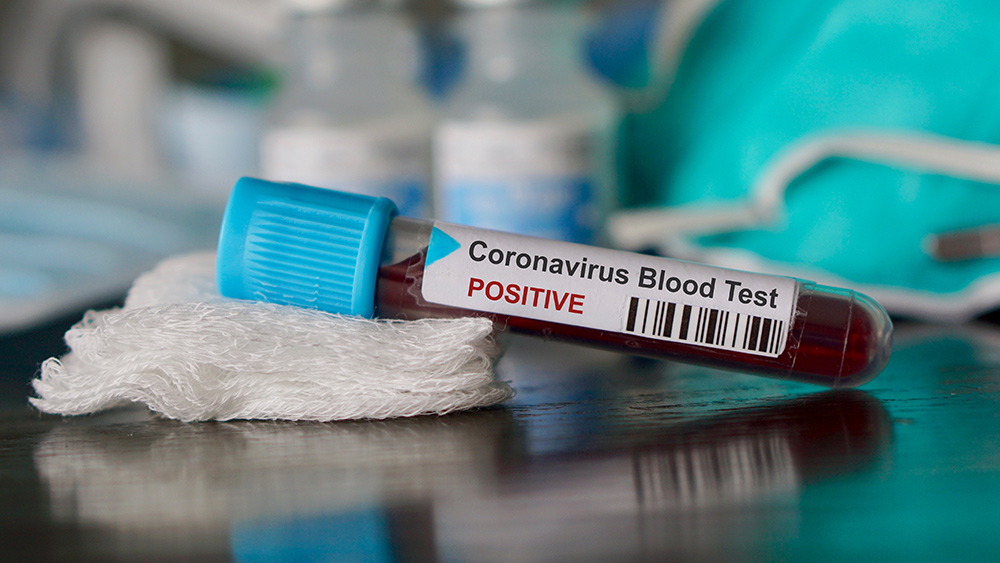How the moon landing showed our world that aliens are more than just science fiction
04/11/2020 / By Arsenio Toledo
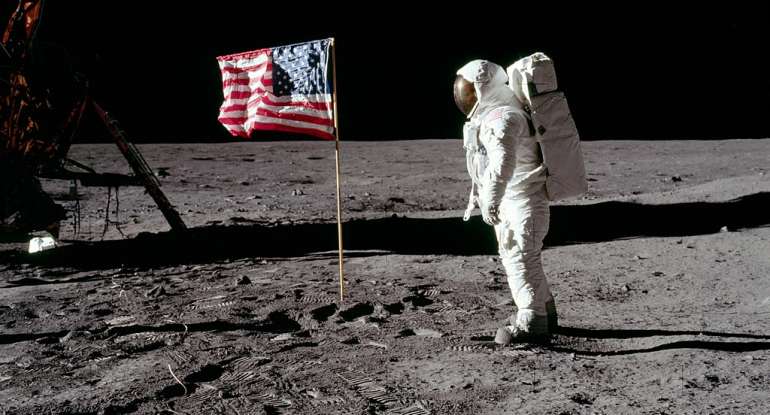
When Neil Armstrong, Buzz Aldrin and Michael Collins returned to Earth after their manned mission to the moon, the triumphant astronauts were put into a 21-day period of isolation. Per NASA safety protocols, this was to make sure that the Earth’s first visitors to the moon wouldn’t spread any potentially hazardous lunar microbes.
Before the Apollo 11 mission even took off, NASA couldn’t be certain that dust – or worse, microorganisms – wouldn’t come back and negatively affect life on Earth. Which is why they decided that the astronauts should be quarantined as soon as they land. NASA thought that it was better to be safe than sorry.
And so, when the lunar module landed in the central Pacific and the astronauts were picked up by the American navy’s USS Hornet, they were quickly ushered into the mobile quarantine facility (MQF), a converted trailer that the astronauts had to live in for two-and-a-half days as the ship brought them to a receiving laboratory.
NASA was quick to confirm that the Apollo 11 astronauts didn’t have any lunar germs on them and that the 50 pounds of lunar rocks and soil they brought with them were clean. However, it is believed that the lunar mission kickstarted the concept of extraterrestrials visiting Earth.
Today, around 30 percent of the public think that aliens have already visited our planet, despite a lack of concrete evidence supporting this. Seth Shostak, a senior astronomer at the Search for Extraterrestrial Intelligence (SETI) Institute, believes that the moon landing heavily contributed to this idea. (Related: Flashing lights in the night sky: Scientists launch study to analyze the moon’s “flashing” phenomenon.)
The moon landing may have given the world the idea of aliens
Shostak, like many other scientists working for the SETI Institute, have been scouring the outer space for signs of intelligent life for years.
Shostak states that, while the moon landing didn’t really teach Earth much about extraterrestrial life, it was a monumental achievement. By the time the Apollo 11 mission launched, scientists had already known that the moon was dead for around a century before then. However, he also stated that the moon landing did affect public perception of alien life.
“Up until then, rockets and so forth were just science fiction,” said Shostak in an interview. “But the Apollo missions showed that you could travel from one world to another on a rocket – and maybe aliens could, too. I think that, from the public’s point of view, this meant that going to the stars wasn’t always going to be just fiction.”
“Suddenly, the universe was a little more open.”
This is why Shostak believes that, even though the surface of the moon itself is covered in nothing but dust, dead volcanoes and asteroid impact craters, people’s views were widened by new possibilities.
And so, many turned their attention to the “Great Red Hope” – Mars.
The ongoing search for extraterrestrial life
In 1976, when Viking 1 and Viking 2 landed on the surface of Mars, the whole world was optimistic that NASA would announce the discovery of extraterrestrial life. Even Carl Sagan, the noted astronomer and cosmologist, believed that the landers would find something, whether it’s intelligent life or just critters running around on multiple legs like insects.
Even though scientists didn’t find anything on Mars, their search continues – and with today’s technology, their reach has expanded far beyond just the moon and Mars.
According to Shostak, these astronomers are now turning their attention to other parts of the Solar System and even beyond its borders.
“If you ask scientists today where’s the best place to look for alien life in the solar system,” said Shostak, “they’ll probably say Enceladus or one of the other moons of Jupiter or Saturn.”
Furthermore, while Shostak believes it’s unlikely, he says that there’s a chance that some form of microbial life could still be living on Mars.
To learn more about the universe’s greatest mysteries, read the articles over at Unexplained.news.
Sources include:
Tagged Under: alien life, aliens, Apollo 11, Apollo missions, Carl Sagan, cosmic, discoveries, Enceladus, extraterrestrial, future science, germs, Jupiter, lunar mission, Mars, Microbes, Moon, moon landing, moon landings, Mysteries, NASA, saturn, Space, space exploration, space travel, Unexplained
RECENT NEWS & ARTICLES
COPYRIGHT © 2017 DISCOVERIES NEWS

